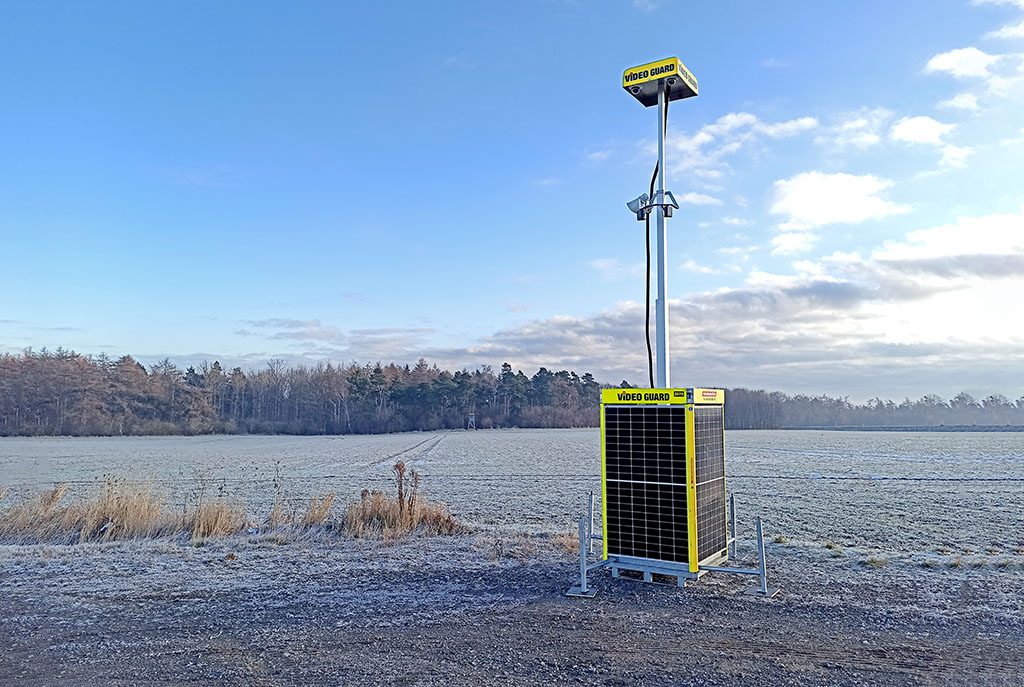Video surveillance towers powered by solar energy
Redeploying and using solar panels for their video towers helps Video Guard improve its own operational and environmental performance.
In Germany AddSecure also operates under the Video Guard brand, offering a comprehensive portfolio of mobile video surveillance solutions. The surveillance solutions are offered as a “Security-as-a-Service” to protect assets and prevent business-damaging incidents like theft and vandalism. Video Guard proposes a fully service-based business model including mobile surveillance towers operated on solar power.
Access when needed
Jörn Windler, President of Smart Surveillance at AddSecure, explains why integrating the video towers in the service offer makes sense:
“Most of our customers use our monitoring services for temporary sites, such as construction sites or provisional warehouses. They have no interest in aquiring security cameras by buying them, but prefer having access to them only for the exact time needed.”

Redeploying towers to improve performance
Keeping the ownership of the towers also helps Video Guard improve its own operational and environmental performance.
“The towers are continuously being redeployed. When a contract comes to en end, we collect the towers, refurbish them and redistribute them to the next customer. This helps us tighten up our use of resources, improving our environmental impact but also lowering supply chain risks such as lack of components,” says Windler.
So far, not one single tower that Video Guard has acquired since 2016 has been taken out of circulation.

Using fuel cells, supported by solar panels, we deliver off-grid power for months without any user intervention.
Joern Windler, President Smart Surveillance, AddSecure
Using solar power
The use of solar power is another example where business rationale meets environmental objectives.
“Using fuel cells, supported by solar panels, we deliver off-grid power for months without any user intervention,” explains Windler. Only small amounts of carbon dioxide and water are produced, making it possible to be used in nature reserves as well as in closed vehicles and rooms.
Remote system monitoring further reduce the need for unnecessary site visits and transport.
“There is no alternative to renewable energies in the long term. But by showing the business rationale we are able to speed up the transition,” concludes Windler.